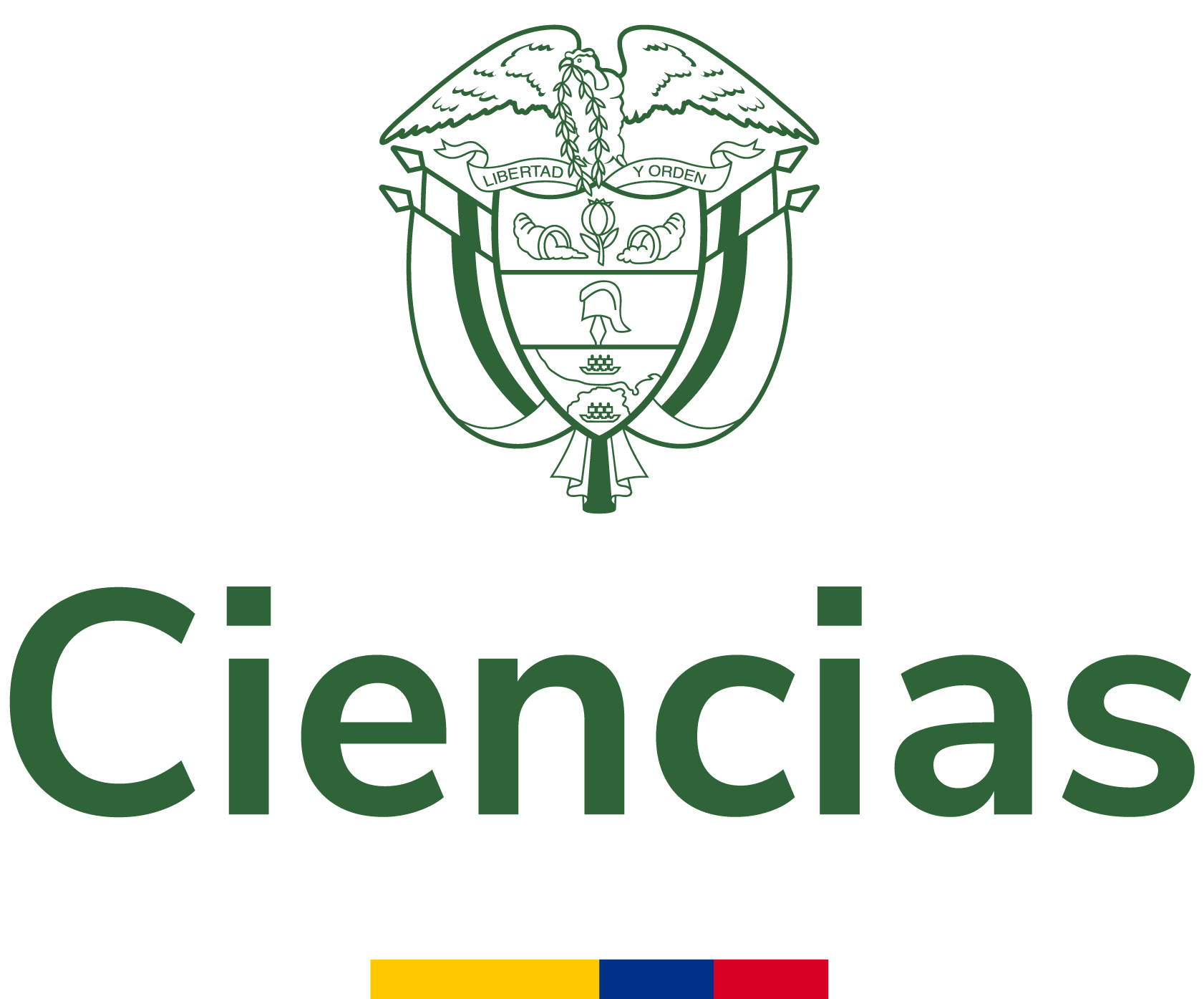¿Por qué pertenezco a la iglesia?
Su Santidad Benedicto XVI, respondió así a esta pregunta: la Iglesia es como la luna, aunque sea un desierto de rocas y arenas, nos da una luz que no es suya, iluminándonos en nuestra noche. Podemos pensar en la Iglesia católica comparándola con la luna: por la relación luna-mujer (madre) y por el h...
- Autores:
- Tipo de recurso:
- Fecha de publicación:
- 2021
- Institución:
- Universidad Católica de Pereira
- Repositorio:
- Repositorio Institucional - RIBUC
- Idioma:
- spa
- OAI Identifier:
- oai:repositorio.ucp.edu.co:10785/10744
- Acceso en línea:
- https://revistas.ucp.edu.co/index.php/paginas/article/view/2033
http://hdl.handle.net/10785/10744
- Palabra clave:
- Rights
- openAccess
- License
- Derechos de autor 2011 Revista Páginas
| id |
RepoRIBUC_c203601a15fdf6abdeb5a1c2ec1f0e11 |
|---|---|
| oai_identifier_str |
oai:repositorio.ucp.edu.co:10785/10744 |
| network_acronym_str |
RepoRIBUC |
| network_name_str |
Repositorio Institucional - RIBUC |
| repository_id_str |
|
| spelling |
¿Por qué pertenezco a la iglesia?¿Why do i belong to the church?Su Santidad Benedicto XVI, respondió así a esta pregunta: la Iglesia es como la luna, aunque sea un desierto de rocas y arenas, nos da una luz que no es suya, iluminándonos en nuestra noche. Podemos pensar en la Iglesia católica comparándola con la luna: por la relación luna-mujer (madre) y por el hecho de que la luna no tiene luz propia, sino que la recibe del sol, sin el cual sería obscuridad completa. La luna resplandece, pero su luz no es suya sino de otro.His Holiness Benedict XVI answered this question like this: the Church is like the moon, even if it is a desert of rocks and sand, it gives us a light that is not his, illuminating us in our night. We can think of the Catholic Church comparing it with the moon: because of the moon-woman (mother) relationship and the fact that the moon does not have its own light, but receives it from the sun, without which it would be complete darkness. The moon shines, but its light is not yours but someone else's.Universidad Católica de Pereira2022-06-01T19:28:54Z2022-06-01T19:28:54Z2021-01-04Artículo de revistahttp://purl.org/coar/resource_type/c_6501http://purl.org/coar/version/c_970fb48d4fbd8a85info:eu-repo/semantics/articleinfo:eu-repo/semantics/publishedVersionhttp://purl.org/coar/resource_type/c_2df8fbb1application/pdfhttps://revistas.ucp.edu.co/index.php/paginas/article/view/2033http://hdl.handle.net/10785/10744Revista Páginas; Núm. 89 (Ene. - Jun., 2011); 85-870121-1633spahttps://revistas.ucp.edu.co/index.php/paginas/article/view/2033/1885Derechos de autor 2011 Revista Páginashttps://creativecommons.org/licenses/by-nc/4.0/deed.es_EShttps://creativecommons.org/licenses/by-nc/4.0/deed.es_ESinfo:eu-repo/semantics/openAccesshttp://purl.org/coar/access_right/c_abf2Benedicto XVI, Papa, Ratzingeroai:repositorio.ucp.edu.co:10785/107442025-01-27T19:24:52Z |
| dc.title.none.fl_str_mv |
¿Por qué pertenezco a la iglesia? ¿Why do i belong to the church? |
| title |
¿Por qué pertenezco a la iglesia? |
| spellingShingle |
¿Por qué pertenezco a la iglesia? |
| title_short |
¿Por qué pertenezco a la iglesia? |
| title_full |
¿Por qué pertenezco a la iglesia? |
| title_fullStr |
¿Por qué pertenezco a la iglesia? |
| title_full_unstemmed |
¿Por qué pertenezco a la iglesia? |
| title_sort |
¿Por qué pertenezco a la iglesia? |
| description |
Su Santidad Benedicto XVI, respondió así a esta pregunta: la Iglesia es como la luna, aunque sea un desierto de rocas y arenas, nos da una luz que no es suya, iluminándonos en nuestra noche. Podemos pensar en la Iglesia católica comparándola con la luna: por la relación luna-mujer (madre) y por el hecho de que la luna no tiene luz propia, sino que la recibe del sol, sin el cual sería obscuridad completa. La luna resplandece, pero su luz no es suya sino de otro. |
| publishDate |
2021 |
| dc.date.none.fl_str_mv |
2021-01-04 2022-06-01T19:28:54Z 2022-06-01T19:28:54Z |
| dc.type.none.fl_str_mv |
Artículo de revista http://purl.org/coar/resource_type/c_6501 http://purl.org/coar/version/c_970fb48d4fbd8a85 info:eu-repo/semantics/article info:eu-repo/semantics/publishedVersion |
| dc.type.coar.fl_str_mv |
http://purl.org/coar/resource_type/c_2df8fbb1 |
| status_str |
publishedVersion |
| dc.identifier.none.fl_str_mv |
https://revistas.ucp.edu.co/index.php/paginas/article/view/2033 http://hdl.handle.net/10785/10744 |
| url |
https://revistas.ucp.edu.co/index.php/paginas/article/view/2033 http://hdl.handle.net/10785/10744 |
| dc.language.none.fl_str_mv |
spa |
| language |
spa |
| dc.relation.none.fl_str_mv |
https://revistas.ucp.edu.co/index.php/paginas/article/view/2033/1885 |
| dc.rights.none.fl_str_mv |
Derechos de autor 2011 Revista Páginas https://creativecommons.org/licenses/by-nc/4.0/deed.es_ES https://creativecommons.org/licenses/by-nc/4.0/deed.es_ES info:eu-repo/semantics/openAccess http://purl.org/coar/access_right/c_abf2 |
| rights_invalid_str_mv |
Derechos de autor 2011 Revista Páginas https://creativecommons.org/licenses/by-nc/4.0/deed.es_ES http://purl.org/coar/access_right/c_abf2 |
| eu_rights_str_mv |
openAccess |
| dc.format.none.fl_str_mv |
application/pdf |
| dc.publisher.none.fl_str_mv |
Universidad Católica de Pereira |
| publisher.none.fl_str_mv |
Universidad Católica de Pereira |
| dc.source.none.fl_str_mv |
Revista Páginas; Núm. 89 (Ene. - Jun., 2011); 85-87 0121-1633 |
| institution |
Universidad Católica de Pereira |
| repository.name.fl_str_mv |
|
| repository.mail.fl_str_mv |
|
| _version_ |
1844494760593588224 |






